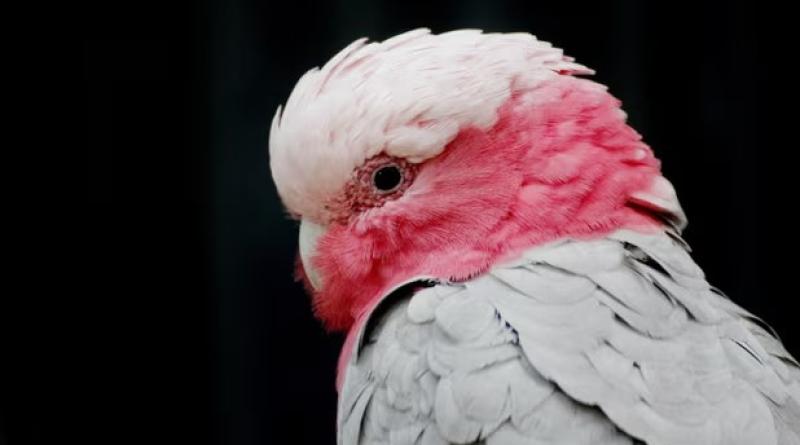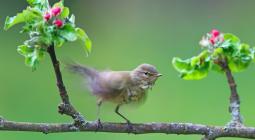An injured galah taught me that what makes something beautiful is also what makes it fragile

Perhaps it’s naive not to imagine that all of life itself is about accepting the fragility of how easily things break
We turned off the highway, headed down the road which leads to the pub and saw the pink little fellow hovering near his mate, who was dead by the side of the road.
Having moved to the country a little over a month ago, I was still getting used to the frequency of spotting creatures on the shoulders of western New South Wales’s arteries.
The melancholy sight of the galah mourning its partner followed us into the pub and hovered over dinner.
However, when we left the pub, we noticed it wasn’t only its mate which was keeping the bird at the scene – he, too, had been hit and was injured, having difficulty moving.
We called Wires, a wildlife rescue organisation, but without any volunteers in the remote area we would have to be the ones to bring the bird to a vet. Having no box in the car, we went in search of one back at the pub.
The other patrons weren’t shy about letting us know what they thought about our rescue attempts. One suggested we make parrot pie. Trawling through the bins outside, we managed to find one cardboard box still intact.
The bird was not too enthused at our rescue attempt either. As we approached, his cries were the timbre of desperate impotence, piercing the great expansive country twilight.
We weren’t prepared and did not have any gloves, so we tried to get him into the box with the jackets off our back awkwardly wrapped around our hands as makeshift protection from any potential biting.
One patron coming back from the pub saw us struggling and offered up his services – he could put the bird out of its misery with a single blow from the wrench in the back of his ute. Standing in the rapidly waning dusk, accepting his offer was certainly the easier choice, but weighing up whether it was also the ethical one was more difficult. In the end neither of us could bring ourselves to be the arbiters of the bird’s fate.
In between multiple attempts to get him in the box, the injury allowed me to appreciate the galah closer up than I ever normally would. Every feature seemed more unreal; the sheen of the eye’s black orb, the intensity of the musky pink plumage, the tough sheath of the keratin beak emerging from soft feathers. By the time we finally got him in the box, the difficulty of getting a hold of him had justified the name Houdini.
The drive back home was slightly terrifying as our imagination was live to the possibility, however remote, Houdini would miraculously overcome his injuries, fly out of the box and wreak havoc to escape the car.
He didn’t. At home, still following Wires’ instructions, we covered the box with a towel, to help keep Houdini calm. Removing it in the morning, sadly it wasn’t enough; we found him with his wings spread like a snow angel in full extension at the bottom of the box.
We brought him to the local vet, who folded his wings inwards with a gentleness I will never forget.
She told us a bird’s fast heart rate is what allows them to pump enough blood to the wings to allow them to fly, but it also makes them more susceptible to cardiac arrest.
The fact was new to me, but somehow also familiar. Like a snowflake, like ballet, like memory itself, precisely the quality that makes something beautiful is also what makes it fragile.
Inextricable. And perhaps it was naive not to imagine that all of life itself is about accepting the fragility of how easily things break.




